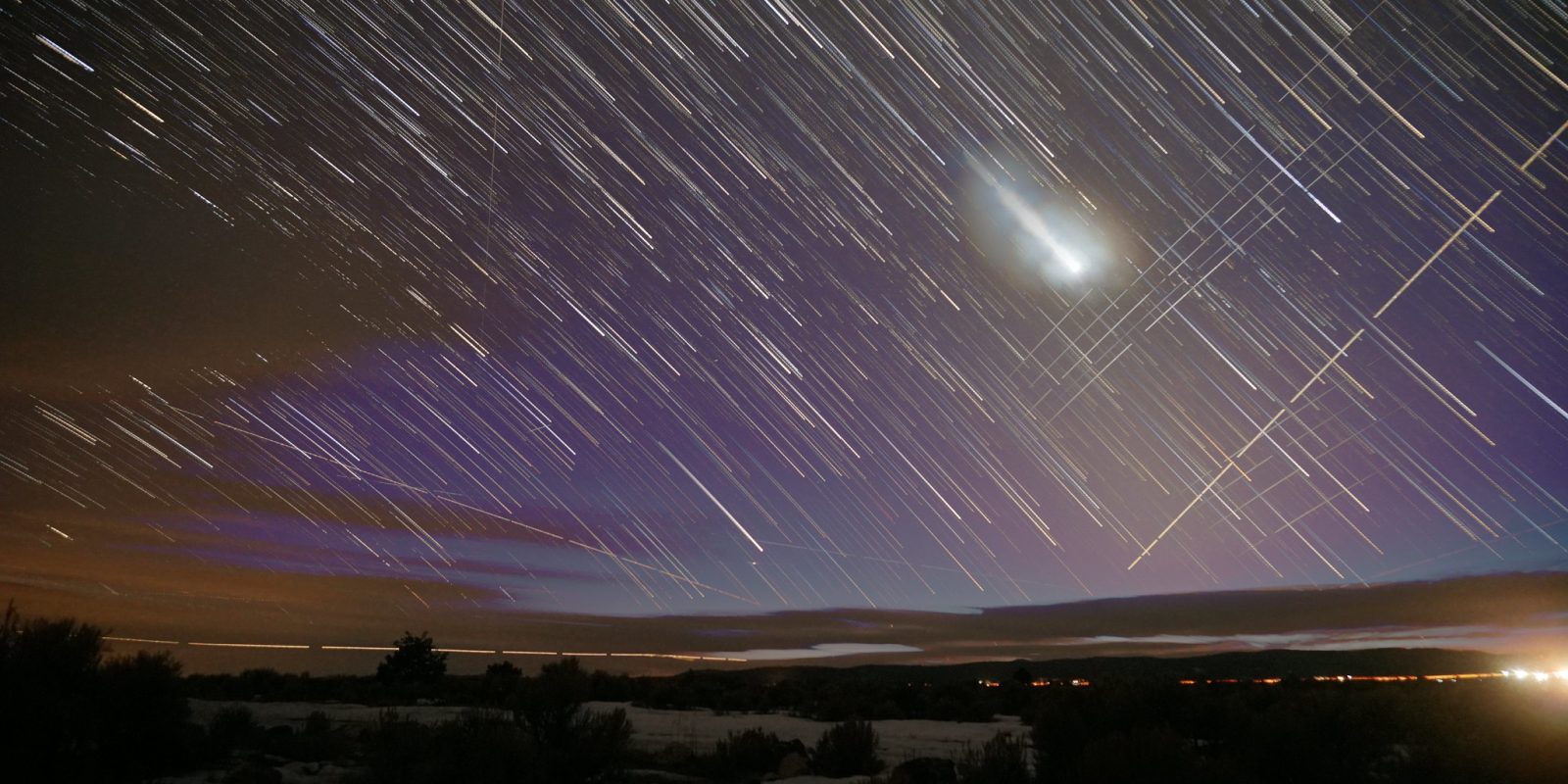Elon Musk’s Starlink satellites are dropping out of the sky faster than expected — and it’s the sun’s fault.
According to NASA scientists, powerful solar storms are heating Earth’s upper atmosphere and creating extra drag on satellites in low orbit. The result? Musk’s space internet fleet is being pulled back to Earth ahead of schedule.
“Our results indisputably show that satellites reenter faster with higher geomagnetic activity,” the researchers said. “We clearly show that the intense solar activity of the current solar cycle has already had significant impacts on Starlink reentries.”
The new study, published by NASA’s Goddard Space Flight Center, comes as the sun reaches the peak of its 11-year activity cycle, known as the solar maximum — a period marked by violent eruptions and space weather capable of knocking out satellites.
Satellites Burning Up Early
NASA found that during solar storms, any Starlink satellite orbiting below 300 kilometres re-entered the atmosphere around 10 days earlier than expected. That’s a serious problem for SpaceX, which has already launched more than 7,000 satellites and plans to deploy up to 30,000 in total.
Each satellite is designed to last around five years, either burning up on re-entry or using onboard thrusters to deorbit. But with stronger solar activity, the atmosphere swells and creates more resistance — dragging them down too soon.
While most Starlink units disintegrate safely, not all do. In August 2024, a fragment of a Starlink satellite was found on a farm in Canada — the first confirmed case of Starlink debris reaching Earth.
SpaceX Has Seen It Before
This isn’t the first time space weather has caused trouble for Musk’s network. In February 2022, a minor geomagnetic storm coincided with a failed Starlink launch, sending 49 satellites plunging back to Earth over the Caribbean just days after lift-off.
SpaceX has blamed space weather for similar issues in the past but has not commented on NASA’s latest findings.
The study, titled Tracking Reentries of Starlink Satellites During the Rising Phase of Solar Cycle 25, warns that increased solar activity could make early re-entries more common — and raises concerns that more debris could reach the ground as the satellite count continues to rise.







